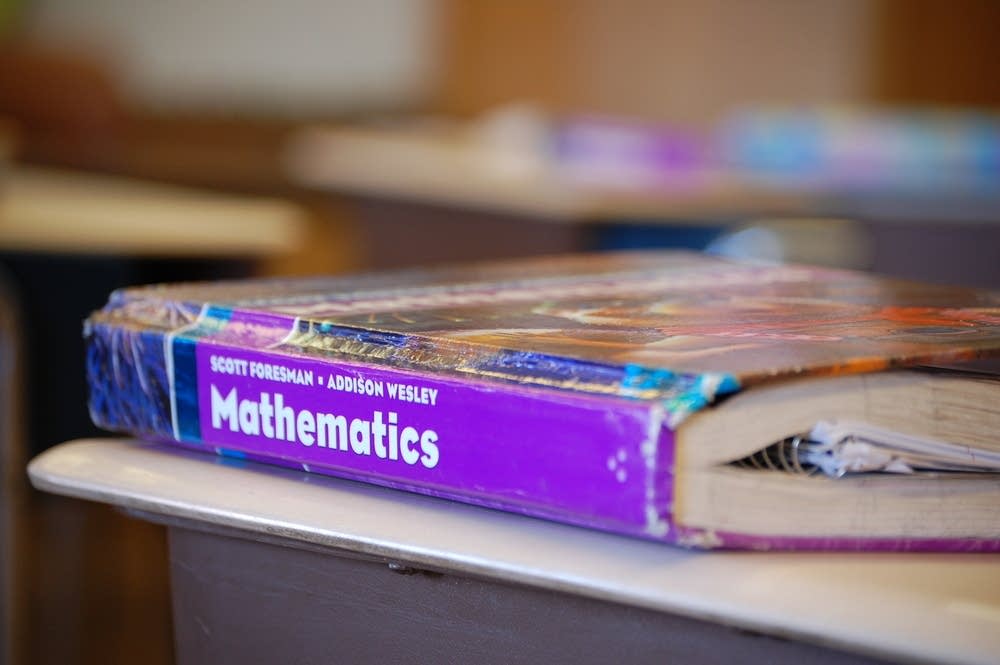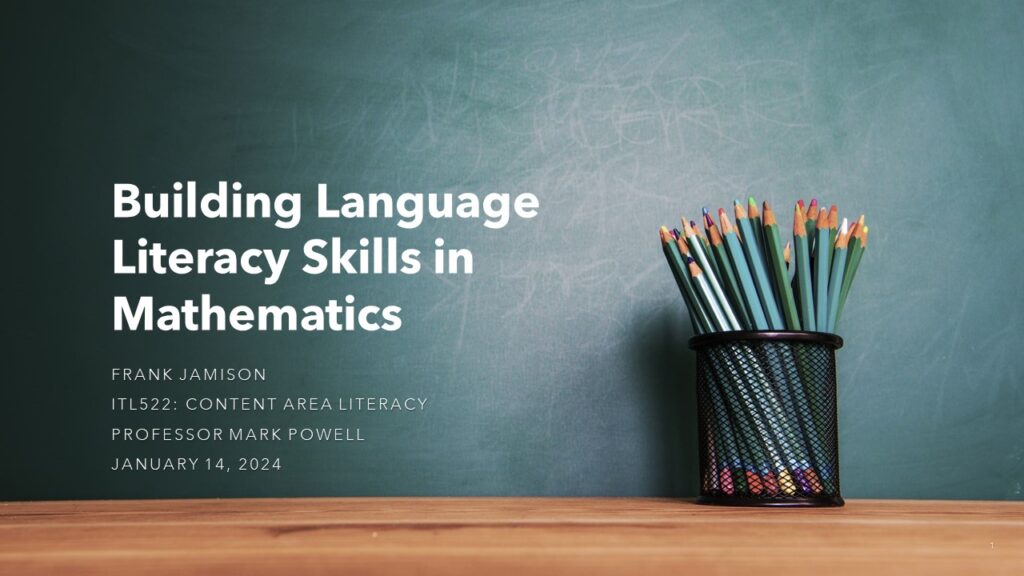
Assessment and RubricsCourseworkITL522 Content Area LiteracyMathematics EducationNational UniversityTeaching Strategies
Enhancing Writing in Mathematics

Assessment and FeedbackCourseworkEducational StrategiesITL522 Content Area LiteracyNational UniversityStudent-Centered Learning
Learning Map – Stage 3 Analyzing Student Work Reflection on Instruction and Learning
Essential Question How does the candidate...

Algebra in Real LifeCourseworkHistorical MathematicsITL522 Content Area LiteracyNational UniversityProblem-Solving Skills
Argumentative Writing in Mathematics
As content literacy teachers, we can...

CourseworkITL522 Content Area LiteracyLiteracy and ComprehensionMathematics EducationNational UniversityTeaching Strategies
Informational Text in Mathematics
Utilizing challenging pieces of text in...

Assessment and EvaluationCourseworkEducational Strategies and TechniquesInclusive and Differentiated LearningITL522 Content Area LiteracyNational University
Learning Map – Stage 2: Word Problems
Knowing our students is the key...

Assessment StrategiesContent Area LiteracyCourseworkITL522 Content Area LiteracyNational UniversityTeaching Techniques
Content Area Literacy Assessment Strategies
Introduction Content area teachers can assess...

CourseworkInstructional Strategies in MathematicsIntegrating Literacy and MathematicsITL522 Content Area LiteracyMathematical Literacy DevelopmentNational University
4 Instructional Strategies for Building Language/Literacy Skills in Mathematics
How can you ensure listening, reading,...

Common Core State Standards (CCSS)CourseworkEducationITL522 Content Area LiteracyMathematics InstructionNational University
Learning Map – Stage 1: Word Problems
Teaching writing is not only the...

CourseworkEducationITL522 Content Area LiteracyMath Teaching StrategiesMulti-Tier System of Supports (MTSS)National University
Multi-Tier System of Supports (MTSS)
You may have heard the acronym...

ITL522 Content Area Literacy
Single Subject credential candidates will plan...